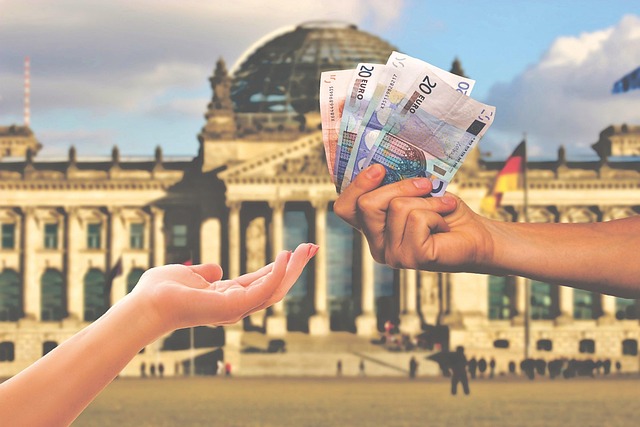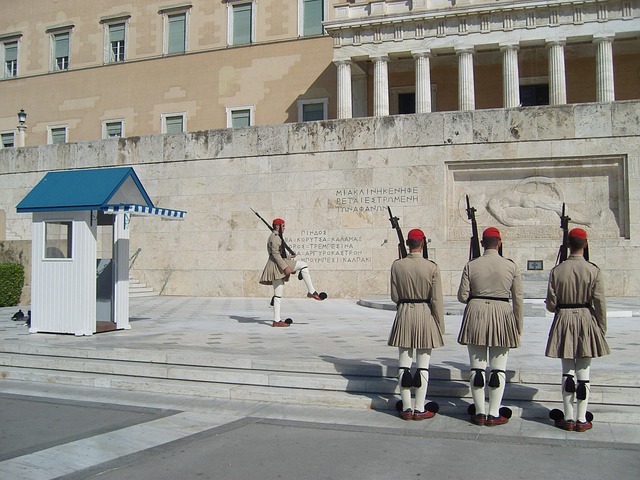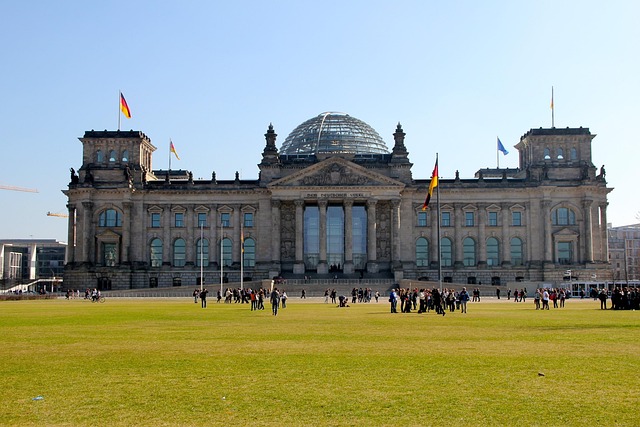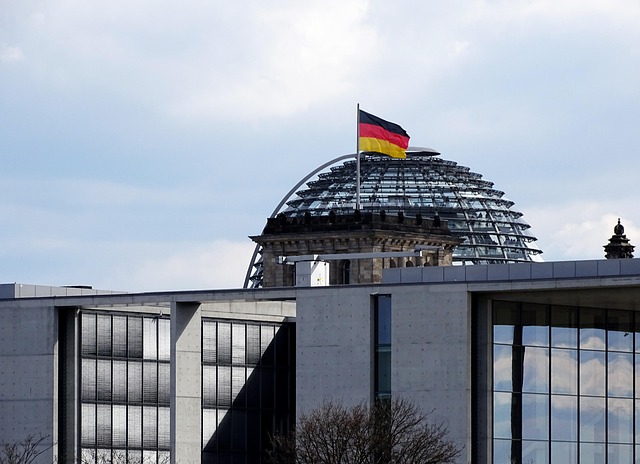Understanding the Cultural Impact of Art Subsidies
The world of art is not only an avenue for personal expression but also a vital part of cultural identity and community development. Art subsidies are designed to support and promote artistic endeavors. They can take many forms, including government funding, grants from private entities, and community initiatives that keep the arts alive in various forms. This article explores the multifaceted cultural impact of art subsidies, highlighting their role in fostering creativity, enhancing cultural identity, and promoting social cohesion.
The Essence of Art Subsidies
Art subsidies are financial aids provided to artists, cultural organizations, and educational institutions to facilitate the creation and distribution of art. These subsidies can alleviate the financial burden on artists, allowing them to focus on their creative endeavors rather than the economic challenges often associated with art production. Governments, foundations, and corporations provide these subsidies to promote cultural enrichment and diversity. The benefits often extend beyond individual artists to impact communities and entire cultures.
Fostering Creativity and Innovation
One of the most significant impacts of art subsidies is the stimulation of creativity and innovation. By providing financial resources, these subsidies enable artists to explore new ideas, techniques, and mediums without the constant pressure of making a profit. This freedom encourages artistic experimentation, which can lead to groundbreaking work that might not have emerged in a purely commercial environment.
Furthermore, art subsidies cultivate diversity in artistic expression. Emerging artists and those from marginalized backgrounds often have limited access to funding and resources. Subsidies can create opportunities for these individuals, allowing a broader range of voices to contribute to the cultural landscape. This diversity not only enriches the art world but fosters a more inclusive society, where myriad perspectives can be shared and appreciated.
Cultural Identity and Heritage
Art is a crucial medium for expressing and preserving cultural identities. Art subsidies can help sustain traditional art forms while also allowing modern interpretations to emerge. For many communities, art reflects their history, experiences, and aspirations. By supporting artists who work within these cultural frameworks, subsidies help to keep cultural narratives alive, especially in a globalized world where such identities may otherwise be at risk of erasure.
Additionally, art subsidies can promote cultural events that celebrate local heritage, fostering a sense of pride and belonging. Festivals, exhibitions, and public art installations funded by subsidies serve not only as artistic expressions but also as communal gatherings that reinforce cultural ties. These events can attract both local and international attention, boosting tourism and local economies while putting the spotlight on the importance of cultural heritage.
Social Cohesion and Community Development
Art has the unique ability to bring people together, and subsidies play a pivotal role in facilitating this connection. Public art projects and community arts initiatives supported by subsidies can transform neighborhoods and engage residents in collaborative projects. Such initiatives can break down barriers between individuals from different backgrounds and create shared experiences that foster understanding and empathy.
Moreover, engaging with art can serve therapeutic and educational purposes, particularly in underserved communities. Programs that offer art workshops often help to develop skills, boost confidence, and promote well-being among participants. These initiatives can empower individuals and facilitate personal growth, leading to stronger, more resilient communities.
Economic Implications of Art Subsidies
The economic impact of art subsidies extends beyond the direct support of artists. A vibrant arts scene can drive tourism, stimulate local economies, and create job opportunities. According to various studies, art and culture sectors contribute significantly to gross domestic product (GDP) and generate millions in tax revenue. By investing in the arts, governments can stimulate wider economic growth while fostering a richer cultural environment.
In addition, art subsidies can enhance property values in areas with thriving artistic communities, leading to further investments and revitalization of neighborhoods. Cities known for their artistic endeavors often benefit from increased visibility, attracting businesses and residents alike. Such economic revitalization underscores the interconnectedness of art, community, and economy.
Challenges and Criticisms
Additionally, the sustainability of art funding is often questionable. Economic downturns can lead to budget cuts for arts subsidies, leaving many artists and organizations vulnerable. This inconsistency may create uncertainty in artistic communities, hindering long-term creative projects and initiatives.
Furthermore, some critics argue that public funding for the arts should not take precedence over other pressing social issues. They contend that funds could be better allocated to areas such as healthcare, education, or housing. This debate highlights the need for a balanced approach to funding that recognizes the value of art while addressing other societal needs.
The Future of Art Subsidies
As society continues to evolve, so too will the landscape of art subsidies. New models of funding, such as crowd-funding and online platforms, are beginning to supplement traditional sources. Additionally, there is a growing trend of prioritizing diversity, equity, and inclusion in the distribution of subsidies, ensuring that marginalized voices are amplified and supported.
Moreover, the integration of arts into education curricula and community planning is gaining traction. This approach acknowledges that art is not merely an extra-curricular activity but a crucial aspect of holistic development. By embedding arts education into various fields, future generations can cultivate a deeper appreciation for the arts and its role in society.
Conclusion
Art subsidies play a vital role in shaping our cultural landscape, fostering creativity, preserving identities, and promoting social cohesion. The impacts of these subsidies reverberate through communities and economies, enriching the lives of individuals and society at large. However, it is essential to address the challenges associated with funding to ensure that art continues to thrive in all its forms. Moving forward, society must recognize and affirm the indispensable value of the arts, ensuring that subsidies not only support creators but also cultivate a vibrant cultural foundation that benefits everyone.










